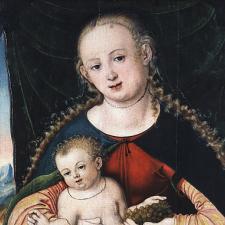Paleta
17:00
Výstavní síň „13“
Výstava ukazuje průmět fenoménu aviatiky do české vizuální kultury v období od prvního vzletu balónu na sklonku 18. století až do vypuštění první sondy v roce 1957. Výstava vychází z badatelského projektu Akademie věd České republiky, jehož řešiteli byli Eva Bendová a Ondřej Váša a představí téma.

https://www.youtube.com/watch?v=EGlj9X7-KCs&ab_channel=Z%C3%A1pado%C4%8Desk%C3%A1galerievPlzni